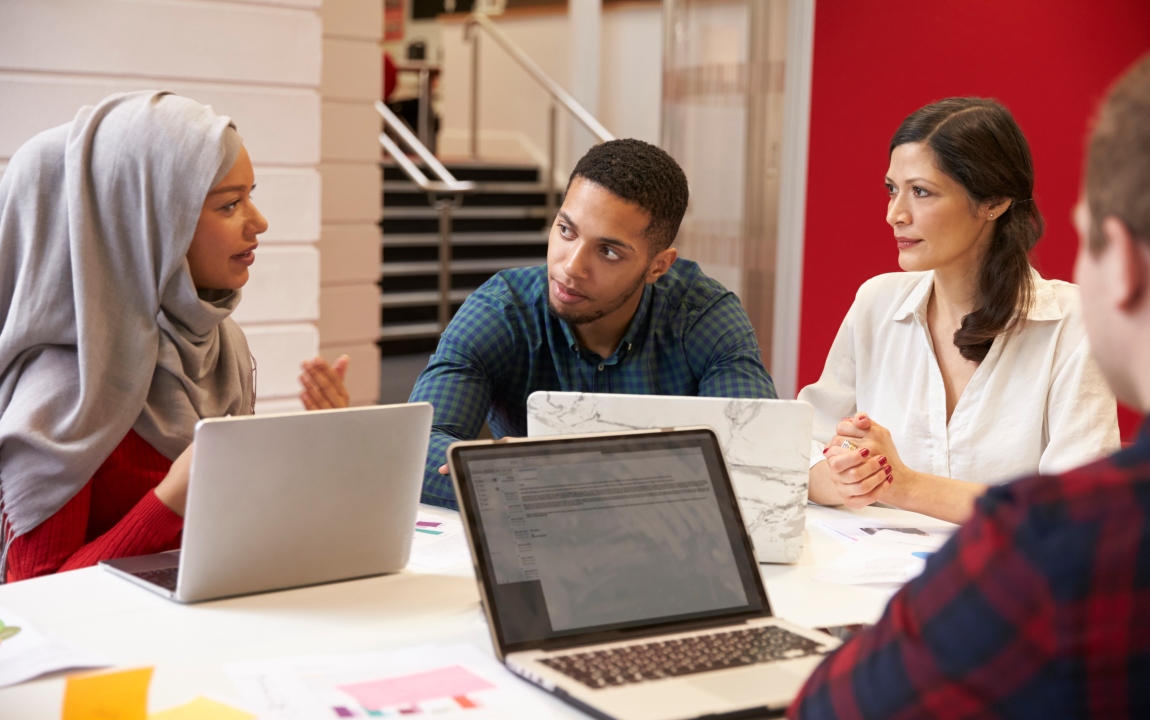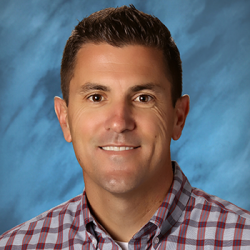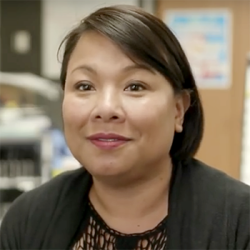
(Originally posted at SmartBrief)
Project-based learning is one of the best ways to teach students 21st century skills. It promotes deeper engagement in the content while also teaching skills such as communication, collaboration and teamwork. But a good PBL program only works if the school or district invests in targeted, sustained professional development.
Our school, Katherine Smith Elementary School in California adopted a PBL program six years ago. It was a massive overhaul for us. The program focuses on six principles: Think, Learn, Work, Communicate, Collaborate and Contribute. We used the Buck Institute for Education’s PBL framework and partnered with them for our professional development. Their PD provided not only high intensity PBL training sessions for both administrators and teachers, it also provided us with an on-call Buck Institute PBL coach for two years to support our launch into this model. During the first year, we learned the basics of a PBL-focused curriculum such as determining the “driving questions” and the “entry event” for each project. During the second year we worked on improving implementation by focusing on reflection, authenticity and academic rigor.
Redesigning to a PBL model has changed teaching and learning here. PBL gives our students the engagement they have been craving. They are doing much more than just regurgitating thoughts. They are emotionally invested in their work, and in their learning.
This impact would not be possible without the PD program. If your school or district is considering switching to a PBL model, here are six ways to prepare your team:
Change is messy.
It can be difficult to navigate new instructional practices while also trying to change the culture of the community. Make sure your PD program addresses the nuances of how to work through both of these issues.
Surround yourselves with good partners.
You want partners who will be there for the long haul, not just at the onset of your program. The ongoing support from the Buck Institute has been invaluable. Our teachers were able to work with the PBL coach as they developed their projects and transitioned to the new model. These coaches continue to provide support, even as we move into year seven of implementation. We also partnered with New Tech Network for our system-level support. We work closely with an elementary cohort of three schools in the network to not only improve our own practice, but to help build the elementary model for NTN.
Don’t forget to train for technology.
Often PBL projects include new uses of technology. Students (and teachers) may be using tablets and digital tools to create videos, complete a coding project or collaborate on a PowerPoint presentation. As part of our redesign, we added iPads and Smartboards to our classrooms for the first time so we had to make sure we included training on the new technology.
Set structures for team planning.
For example, we meet as a staff every Wednesday for PD and leadership work, and Thursday afternoons are disciplined planning time. Our meetings provide dedicated time for our staff to debrief from the week, talk about any concerns and prepare for the next phase of our projects. We’ve found this to be instrumental in supporting our staff and understanding where they may need help.
Create leadership teams around topics.
We let teachers pick what teams they wanted to lead based on their interests. For example, if a teacher was interested in technology, they could ask to lead the tech team where they got to make decisions about PD around new applications for the iPad or Smartboards. This autonomy is important because it gives them more ownership over the work done by that team. We also have a strategic leadership team that is in charge of revising and monitoring progress towards the school’s strategic goals every year.
Take time to reflect.
A cornerstone of good PBL PD is to allow opportunities to sit back and think about what you are doing and to discuss your progress toward goals, for example: Is this engaging for students? How are we going to assess student learning at the end? Do we need to modify the project, and if so, how? Even into year seven of implementation, we continue to reflect and assess our work to inform future PD to help push our work further in designing projects to meet deeper learning outcomes.
A successful shift to PBL starts with getting everyone on board first. PBL can be a game-changer, provided you plan carefully and make sure everyone receives the proper training.
Want to learn more about PBL? Check out our books.
Register now for PBL World 2019.


